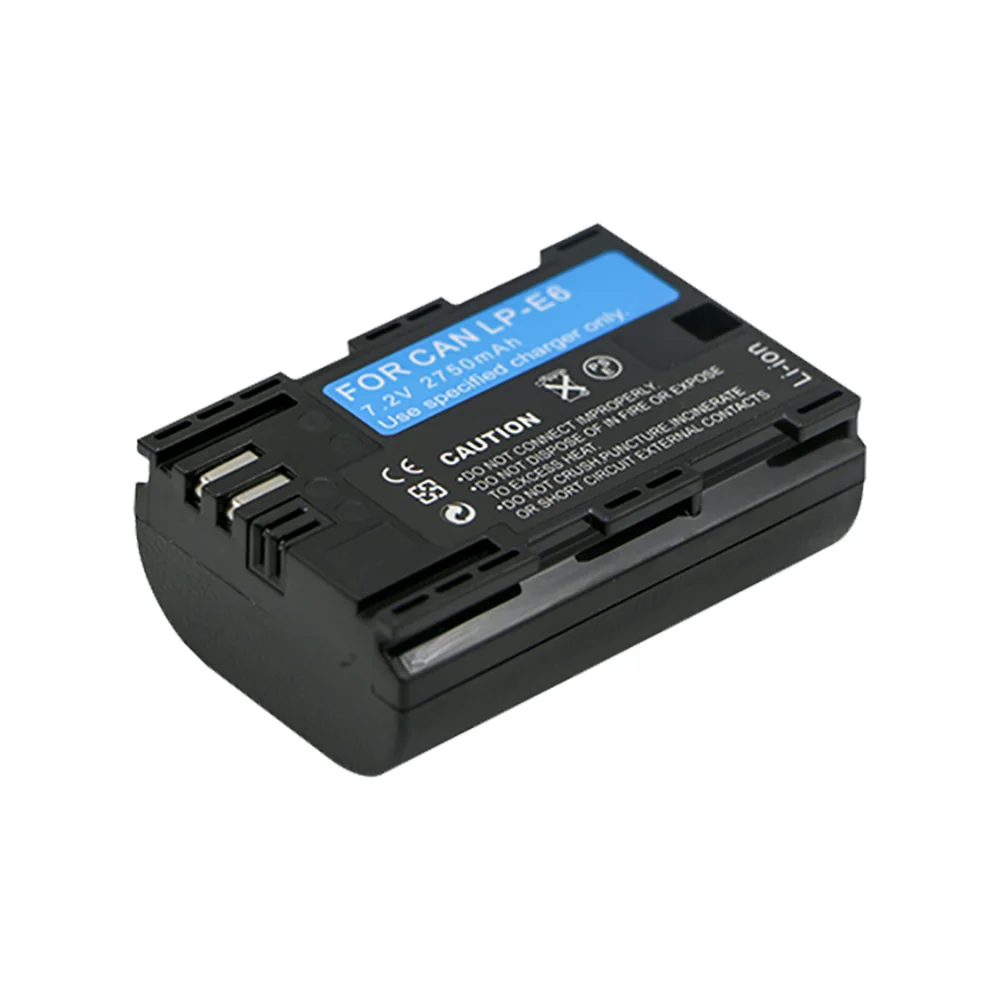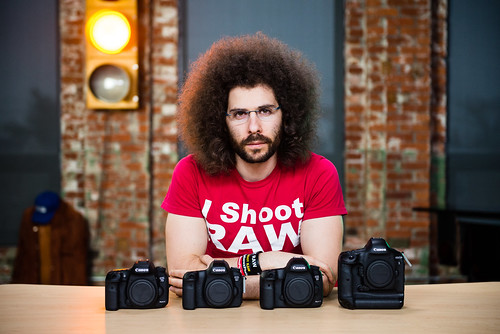

- #Canon 5d mark iii vs 6d vs 7d full#
- #Canon 5d mark iii vs 6d vs 7d iso#
- #Canon 5d mark iii vs 6d vs 7d professional#
#Canon 5d mark iii vs 6d vs 7d full#
The 7D takes this development even further, with around 233 pixels per millimeter, at which resolution a full frame sensor would produce a 46.7 megapixel image. Indeed, on the 50D, the sensor density is roughly 213 pixels per millimeter, a density that would produce a 39 megapixel image on full frame sensor such as the 5D series. Many photographers have already noted that the receptor density of the Canon 50D has already matched (in resolution) what we used to achieve with slow 35mm film. Much more importantly, though, is how the sensor size effects resolution.
#Canon 5d mark iii vs 6d vs 7d iso#
A variety of ISO comparisons are available across the internet, including mine, here, if you’d like to see how subtle the difference is. Canon has done a good job of controlling digital noise with their efficient sensors and processing in the past, and although the 7D produces relatively little digital noise, it still falls a bit short of the performance of the 5D Mark II, which has been so highly praised for its ability to produce low noise images in nearly any lighting situation. Traditionally, dense receptors have produced more digital noise than their larger counterparts, especially during long exposures which generate more heat.


Since the 7D’s sensor is considerably smaller than that of the 5D, its receptors are also smaller and more densely packed. The difference is about an inch in on each axis… not a big deal.īut of course, it’s not quite that simple. I’ve illustrated the file size difference (left) with images scaled to the dimensions of each camera’s output, but just by looking at the numbers we can get a pretty good idea of how things would stand. If all other things were equal, the pixel count between the 7D and 5D Mark II would not be a significant factor in choosing one camera over the other. Matthew Gore | Light And Matter The practical difference between 18 and 21 Megapixels in terms of raw size is minimal. There are many other minor differences (and perhaps a few significant ones), but I think that these are the most important to consider up front. Probably as a result of this, the new arrival boasts burst speeds about twice as fast as the 5D. The 7D has dual Digic4 processors, whereas the 5Dii has only one. Most obviously is the CMOS sensor difference, the 5Dii being a 21M pixel, full frame sensor, and the 7D being an APS-C size holding about 18Megapixels. Something must justify the price difference, though. In fact, comparing the columns of features for the two cameras reveals that the vast majority of them are identical.
#Canon 5d mark iii vs 6d vs 7d professional#
Since we’re looking at a couple of cameras that have the build quality for professional use, with magnesium alloy bodies, full HD video capabilities, top notch processors, and some of the most advanced CMOS sensors around, we can expect professional quality results from either camera. about $900 difference, if the current prices listed are any indication (7D at about $1599 at Amazon and the 5D Mark II at about $1,499.95). The first difference worth mentioning, of course, is the price tag….


 0 kommentar(er)
0 kommentar(er)
